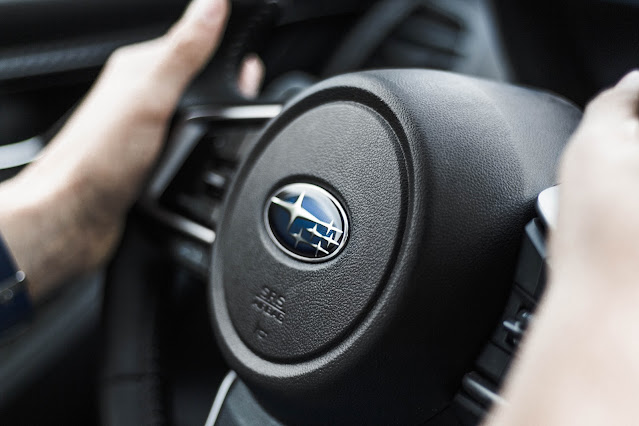EyeSight relies on advanced camera technology to
capture objects in three dimensions, enabling it to effectively control the
brakes and help prevent collisions. Additionally, it optimizes driving speed to
maintain a safe and consistent distance from the vehicle ahead.
Previously, manual vehicles were not equipped with
EyeSight due to their higher likelihood of stalling compared to automatic
counterparts. This was due to EyeSight's reliance on automatic braking.
However, in order to bring this cutting-edge technology to the manual BRZ,
Subaru has made adjustments to the computer system that controls the brakes. As
a result, EyeSight will now function even when the engine has stopped.
Since its initial launch in 2008, EyeSight has been
integrated into over 5.5 million vehicles, highlighting its widespread adoption
and success in the automotive industry.
With Subaru's pioneering integration of EyeSight into
a manual transmission vehicle, the boundaries of driver assist technology are
being pushed to new frontiers. This groundbreaking development not only enhances
safety and collision prevention but also revolutionizes the driving experience.
As we eagerly await the unveiling of the upgraded BRZ sports car, we witness
the convergence of innovation and performance in a mesmerizing display.
Subaru's commitment to pushing the limits of what is possible sets a new
standard for the automotive industry. The future of driving is unfolding before
our eyes, promising a harmonious blend of manual control and advanced
technological assistance. So, buckle up and get ready to embark on a thrilling
journey where tradition meets the cutting edge, and where the roads of the past
intertwine with the possibilities of the future. Subaru's EyeSight technology
in a manual transmission vehicle is a testament to their relentless pursuit of
excellence, inspiring us to embrace the road ahead with confidence and
excitement.
Toyota and Subaru Forge Electric Vehicle Partnership for Exciting Future
Tokyo Formula E Race 2024: Igniting Sustainable Future with Electric Vehicles




Comments
Post a Comment